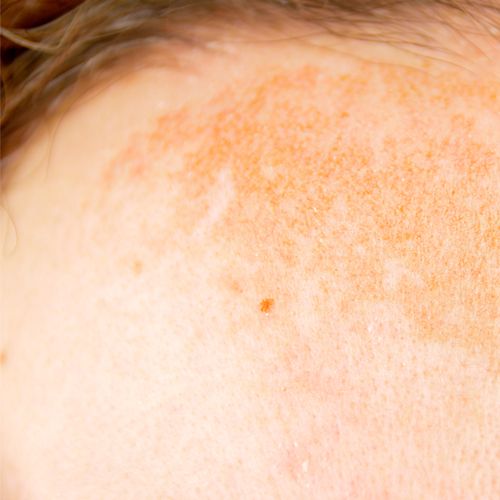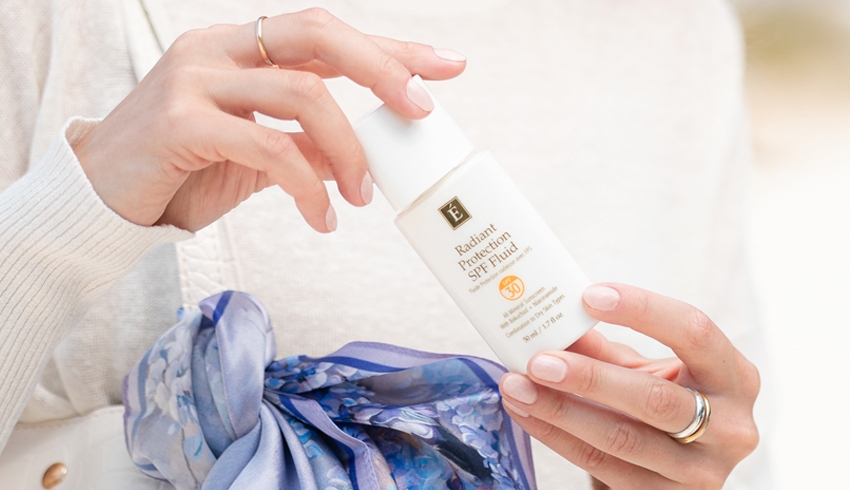Call them age spots, melasma, sunspots, or sun spots. Whatever their name, these spots are often a sign of skin damage. Here’s what you need to know about age spots, what’s happening to your skin when hyperpigmentation occurs, why it happens, and what skin care solutions you should consider .
What causes dark spots? | How to prevent dark spots
What causes dark spots?
Whether you have dark or light skin, your skin contains a pigment called melanin. It is produced by cells called. melanocytes, melanin plays a role in protecting the skin. However, when hyperpigmentation occurs, the skin produces too much melanin, forming deposits that form dark spots or patches that are darker than the surrounding skin.nevertheless hyperpigmentation Although it can affect people of all skin colors, it is more likely to affect darker skin types. There are three reasons why stains form:
hit the sun
The biggest cause of age spots is sunburn. When stimulated by harmful UV rays, melanocytes react by releasing melanin, which acts as a natural sunscreen. Melanin is useful because absorbs energy Protected from UV rays and redistributed. However, the sun can cause excessive production of melanin, leading to dark spots and spots on the skin.
The sun is not only the root cause of age spots, but also causes age spots and dark marks called melasma.of this type hyperpigmentation It is also caused by sun damage accumulated from years of sun exposure. “As you get older,” he said. Harvard Health Publishing, “Years in the sun add up.” Most commonly seen in adults over 55, these tan, brown, or black spots can appear on the face, hands, back, legs, shoulders, and more. Spots tend to appear in areas that are most exposed to sunlight. Aging may also accelerate the appearance of hyperpigmentation for two reasons. First, as we age, the number of melanocytes decreases, but their size and pigment production increase. Second, older skin tends to look thinner, paler, and more transparent, making dark spots appear accentuated.

hormone
When hormone levels zigzag up and down, one of the most common side effects is a pigmentation change called. melasma. A common phenomenon during pregnancy, hormone therapy, and even contraceptive changes, where increased hormone levels stimulate melanin production. Pregnant women often develop dark spots on their nose, cheeks, jawline, forehead, and chin, forming a pattern called a “mask of pregnancy” or “melasma.” This type of hyperpigmentation usually lasts until the pregnancy ends or hormone levels return to balance.
Exposure to the sun and heat can worsen the appearance of hyperpigmentation caused by this hormone. If you suffer from melasma and want to relax with a sauna or hot yoga session, you may want to reconsider your plans to relax. High temperature environments can affect hyperpigmentation and dark spots, which can enlarge and spread.
inflammation
Black spots may appear after inflammation or skin damage, especially for those who suffer from acne, eczema, allergic reactions, and other skin conditions. This type of discoloration, called post-inflammatory hyperpigmentation, is the skin’s natural response to inflammation. When a wound occurs, the skin becomes inflamed, and as it heals, the skin naturally produces excess melanin, darkening the skin.
Hyperpigmentation due to inflammation is especially common after a breakout. As the inflamed skin heals from acne, it leaves behind dark spots ranging from pink to red, purple, brown, and black. As the inflammation worsens, the spots may become larger and darker in color. And there’s a reason experts warn against picking pimples. Popping these pimples increases the likelihood of acne inflammation and stains.

How to prevent dark spots (hyperpigmentation)
Protecting your skin from further damage is just as important as reducing existing hyperpigmentation. Here are some important tips to prevent more spots from forming on your skin.
protect yourself from the sun
Since sun damage is one of the main causes of age spots, — Including stains — Preventing UV exposure is essential to prevent hyperpigmentation. This means staying out of the sun, wearing a hat when outdoors, and applying plenty of sunscreen. Avoiding sunlight is one of the best ways to prevent age spots by avoiding or blocking UV rays that stimulate melanin production.
avoid heat
Ultraviolet light is not the only trigger for melanin production.heat source Can also stimulate melanocytes Produces more pigment. To reduce the potential problem of age spots, avoid activities that expose you to significant heat and keep your skin cool.
stop inflammation
Inflammation is also a major cause of hyperpigmentation, so harmful habits that damage or irritate the skin should be stopped. Picking pimples is prohibited, as are other activities that worsen the complexion.
Take Vitamin C Regularly
Experts advise using topical antioxidants such as: Regular application of vitamin C serum will reduce the appearance of dark spots. Vitamin C interferes with melanin production (and has many other benefits for your skin!), so having a bottle of this antioxidant-rich skin care product on hand can help prevent hyperpigmentation. This is another important step.
This article was originally written in June 2017.


